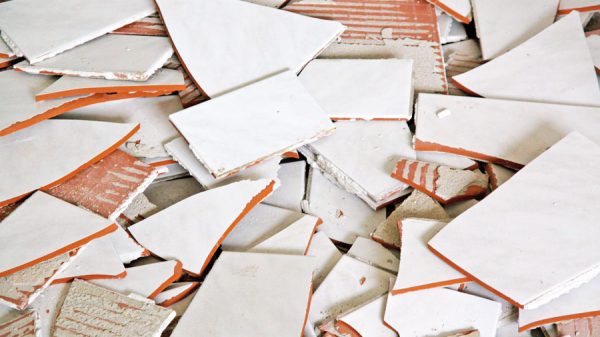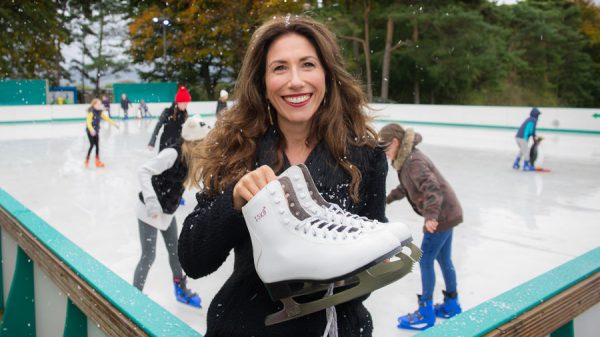May is the month when everything in the garden needs attention, and if you have a greenhouse then the work is doubled. Weeding, keeping an eye out for those troublesome pests like Slugs and Greenfly, mowing the lawn and watering. Yes you will almost certainly have to water plants in containers and those overwintered in the greenhouse. They dry out at a phenominal rate especially if they are established plants. Its at this time of year when we often suffer late frosts indeed it is possible for the temperature to drop a few degrees below freezing well into the third week of May. If you are planting half hardy flowering plants or vegetables out in the garden keep an eye on the weather forcast and cover newly planted or young emerging seedlings with garden fleece.May is traditionally the time of year when we turn our attention to our annual bedding displays and hanging baskets. Take care with bought in plants and make sure they are hardened off before planting them out. It is good practice to have a roll of garden fleece handy to cover plants from about six o clock in the evening until eight o clock in the morning, if there is a chilly wind leave the fleece on all day and take care to secure it from blowing away. I love wandering around the garden centre or nursery checking out all the new introductions and new colour ranges. For container displays on your patio choose a range of plants to give a balanced and season long display.
I like to choose a plant for height, it may be a plant with dark coloured leaves such as Perilla, or a silver plant plant like a Cineraria or Plectranthus. This will give you both texture and contrast throughout the season. Last year I stumbled across a Petunia with creamy flowers and dark veins, it worked very well with a dark leaved Perilla, silver cineraria and the palest lemon double non stop begonia. Two or three trailing white Bacopa around the edge of the pot softened the lines and looked well against the galvanised ‘dolly tub’ I had used as the container. If you are unsure about planting combinations then take the plant you like the look of and compare it against others in the bedding plant section. If you have large containers then consider using a taller plant, maybe a coloured leaved shrub such as a Cotinus (Smoke bush) after the summer display it can then be planted in the garden. You could also use a wire plant support and grow one of the annual climbers such as Ipomea or Thunbergia. Choosing colour combinations is a personal thing, some like contrasting combinations others soft complimentary mixes, its up to you really.
The vegetable and fruit garden are a hive of activity and growth throughout May, You can start sowing Spring onions, Beetroot, Carrots, Peas, Lettuce, French beans, Turnips, Radishes, and a host of other vegetables.
Keep an eye on your strawberries, they are normally putting on considerable growth and large trusses of flowers will be developing. It is important for them not to dry our, water during dry spells and feed every other week with a liquid fertiliser. You can use plant food made from Comfry leaves, steeped in water, its easy to grow if a little smelly when soaked in water. You can also use any of the commonly available liquid feeds too. The trick is to feed little and often, every seven to ten days. With Comfrey, mix the liquid with water until it looks like weak tea (Lancastrian Tea), My partner comes from Blackpool and the tea bag is only in the teapot for twenty seconds, on the other hand I was born in Yorkshire and like my tea quite strong, at least a three minute brew.
Next Month :
Revitalising your lawn, Pruning Spring Flowering Shrubs, start to propagate your strawberries.
Happy Gardening
Martin
Q & A
Our question this month is from Sandra who would like some advice on how to re-design her garden, the question goes: I have a garden that is tidy but somewhat bland, a lawn in the centre and a fence around the perimeter. Sandra would like a patio area with some colourful shrubs and flowers. The soil is heavy clay and is heavy to turn how can I improve the soil.
Well, quite a task, it can be a little daunting starting out with a blank canvas, and no plants at all. The best thing to do is make a list of all the things you want to do in the garden and who will use it. It sounds like the garden should be much more of a relaxing space and preferably easy to look after.
I will deal with the heavy soil first. Believe it or not a clay soil is better than a light sandy soil, it contains more elements in it which plants need to grow and if it is improved by adding well rotted compost then it will both hold more plant food and water. Surprisingly we use the same treatment to improve clay or sandy soil, that is adding as much organic matter as possible, rotted garden waste, well rotted horse manure or farm yard manure. In all cases it is a matter of digging it in. Choosing a day in October or November is best, take a trench out and fork the bottom, add a good amount of manure, about a barrowload to a two yard (2 m) run. then turn the next row of soil onto the manure, this is called double digging. It can be hard work but don’t rush it, a three or four trenches a day is fine, you will soon get through it. A dressing of Lime in early February will help break up the soil too, apply it on a frosty day as there is generally no wind. Follow the instructions on the bag regarding quantities and safety. Throughout December, January and February the frosty nights will also help break down the heavy clods.
We could write a whole article on plant choice but getting the soil and design right are the important first steps, choosing plants is the easy bit, visiting gardens for ideas and nurseries for plants.
I have made a number of patio’s over the years for people who are finding gardening a little heavy work. Paving an area and installing a planter is a great way of making the job of looking after plants much easier. I do like the more informal paving with channels around the edges or between the paving stones filled with gravel to help drainage. I have bought ready made planters or made planters out of treated timber sleepers (not railway sleepers) in different shapes to suit the space and the site. Once filled with soil and compost planters are a great asset to any garden.
I do hope this helps.
For all your gardening questions email;
gardening@yorkshirereporter.co.uk






